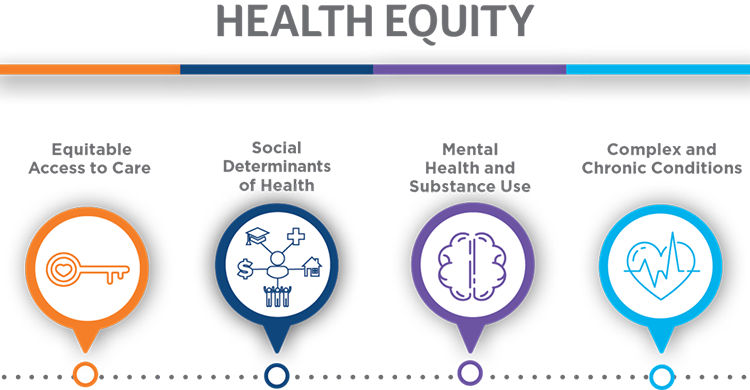Support Lahey
Help support your community by making a gift to Lahey Hospital & Medical Center. Your donation directly aids Lahey in our mission to provide outstanding patient care, advance research and much more.

Dedicated to addressing the health needs and priorities of our communities
At Lahey Hospital & Medical Center (Lahey), we're committed to improving the health and well-being of residents within our Community Benefits Service Area (CBSA). Through our Community Benefits Department, we work in collaboration with the area’s residents and key community health stakeholders to address the health needs and priorities identified by this assessment.
The Lahey Community Benefits Service Area includes: Arlington, Bedford, Billerica, Burlington, Danvers, Lexington, Lowell, Lynnfield, and Peabody.
Led by the Community Benefits Advisory Committee (CBAC), we aim to address the most pressing health needs in each community by conducting the 2025 Community Health Needs Assessment (CHNA). Learn more about the CHNA process and how you can help guide our community health strategy for the next three years.

To address these priority needs, Lahey awards grants to community organizations that work to address unmet health needs for their priority cohorts. For more information or to receive a grant application, email Michelle Snyder, Regional Manager for Community Benefits and Community Relations.
The Community Resource Guide was developed to highlight health and social service resources available to the community. As a disclaimer, the listings within this guide are designed as informational and are not to be interpreted as recommendations or endorsements.
Get help with bills, rent, buying food and more. Enter your zip code and hit the Search button below to find programs near you.
To learn more about the CHNA findings, visit the BILH Community Commitment page.
To learn more about how Lahey Hospital & Medical Center is working with our communities to address the leading health issues, visit our Community Benefits Reports:
Lahey Hospital & Medical Center welcomes any comments you may have on our most recently conducted CHNA and implementation strategy. Please submit your comments by email.
Visit Beth Israel Lahey Health's website to learn more about how we are improving health equity across the communities we serve.

Help support your community by making a gift to Lahey Hospital & Medical Center. Your donation directly aids Lahey in our mission to provide outstanding patient care, advance research and much more.
To learn more about how we're helping your community, please sign up to receive the quarterly Community Connections newsletter for any BILH hospital(s) of your choice.
Lahey Hospital & Medical Center provides high-quality health services you need close to home.